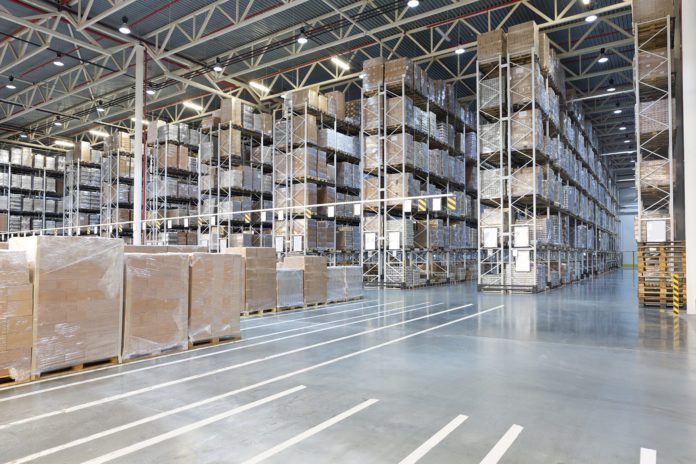The strong demand for same-day online shopping and e-commerce products has online retailers like Amazon boosting national markets for automated industrial warehouses and distribution centers?transforming the once the ugly ducklings of commercial real estate into profitable swans for both real estate investors and corporate occupiers.
“E-commerce activity is really driving the industrial sector’s success,” said Craig Meyer, president of JLL’s Industrial group, Americas. “It represents around 9% of total U.S. sales, and experts predict this could reach nearly 14% in the coming years. These figures, along with a strong global economy, indicate that demand for industrial space will only increase in 2018.”
Sales from the e-commerce sector increased 16.4% this year compared with a year ago while total retail sales rose a modest 4.5% in the same period. E-commerce sales accounted for nearly 10% of total sales, in the first quarter of 2018, according to statistics compiled by the U.S. Census Bureau.
As online retailers narrow the gap between brick and mortar stores, e-commerce and related logistics companies are looking to accelerate their investment in “last-mile” industrial warehouse spaces, and many global and domestic tenants are expanding their presence beyond a single mega-warehouse facility to multiple nodes across the Rust Belt, experts say.
Nearly one-fourth of the demand for industrial warehouses has come from Atlanta, Chicago, and Dallas, all areas with either robust rail systems or high population growth. ?The most significant deal volume has been in midsized properties, specifically, those from 100,000 ? 250,000 square foot and the 250,000 ? 500,000 square foot size categories, experts say.
As industrial warehouse rental rates rise and vacancy rates remain low, increasing competition is fueling demand for innovative construction projects like multi-story warehouse businesses. Online retailers intent on competing with the increasingly competitive e-commerce market are turning to sophisticated storage and logistics solutions that will allow them to get a leg up through automation.
Rise of the automated industrial warehouse
While entirely human-free warehouses are still a long way off, sophisticated automation is becoming a standard and desirable feature in today’s industrial buildings.
Industrial warehouse technology has already made it possible to offload goods from a truck, put them on a pallet and onto a different vehicle without a helping hand from a human being and drones equipped with sensors can now scan barcodes for inventory purposes, safely restock and pick merchandise on high shelves and move small items quickly around the warehouse.
As these trends emerge, they are expected to reshape how warehouses are designed and used in the future.
State-of-the-art sprinkler systems, high dock doors, 28 to 30-foot clear height ceilings, and wide loading areas are just some of the features which are in high demand and experts say customers are willing to pay premium prices in order to get them because these assets make it easier for businesses to offer quick turnaround which improves their bottom line.
Net leases or terms in which tenants are responsible for covering some of all of the expenses involved in running the property are making industrial warehouses more attractive to investors. E-commerce warehouse tenant agreements come with long leases, which ensures owners a steady income and often lower tenant turnover rates, which means investors save a significant amount of money.
Although these tenants require layouts and equipment connections particular to the tenant, they can be easily changed to accommodate new tenants, lowering the cost of acquiring a new tenant, experts say.

